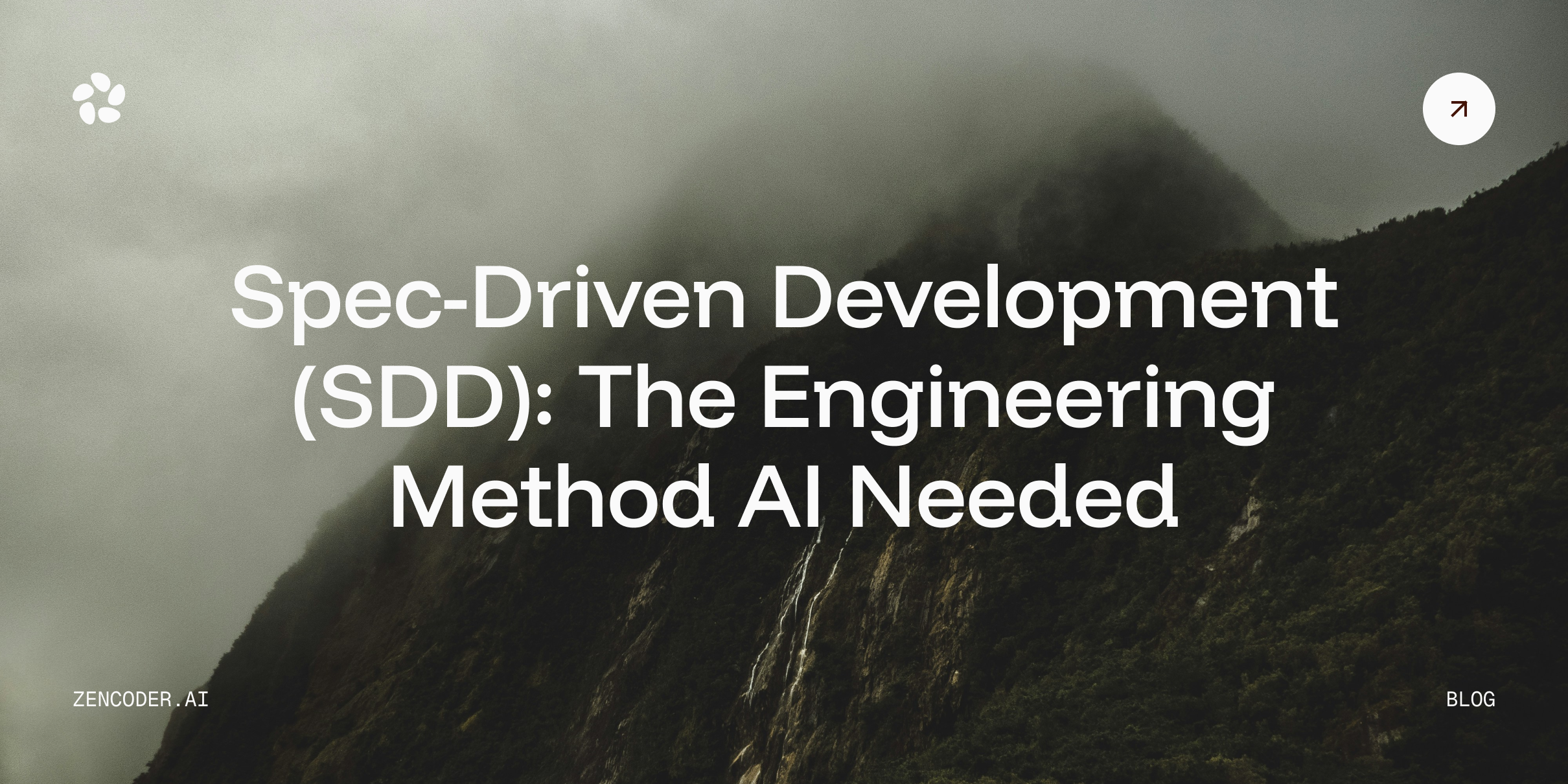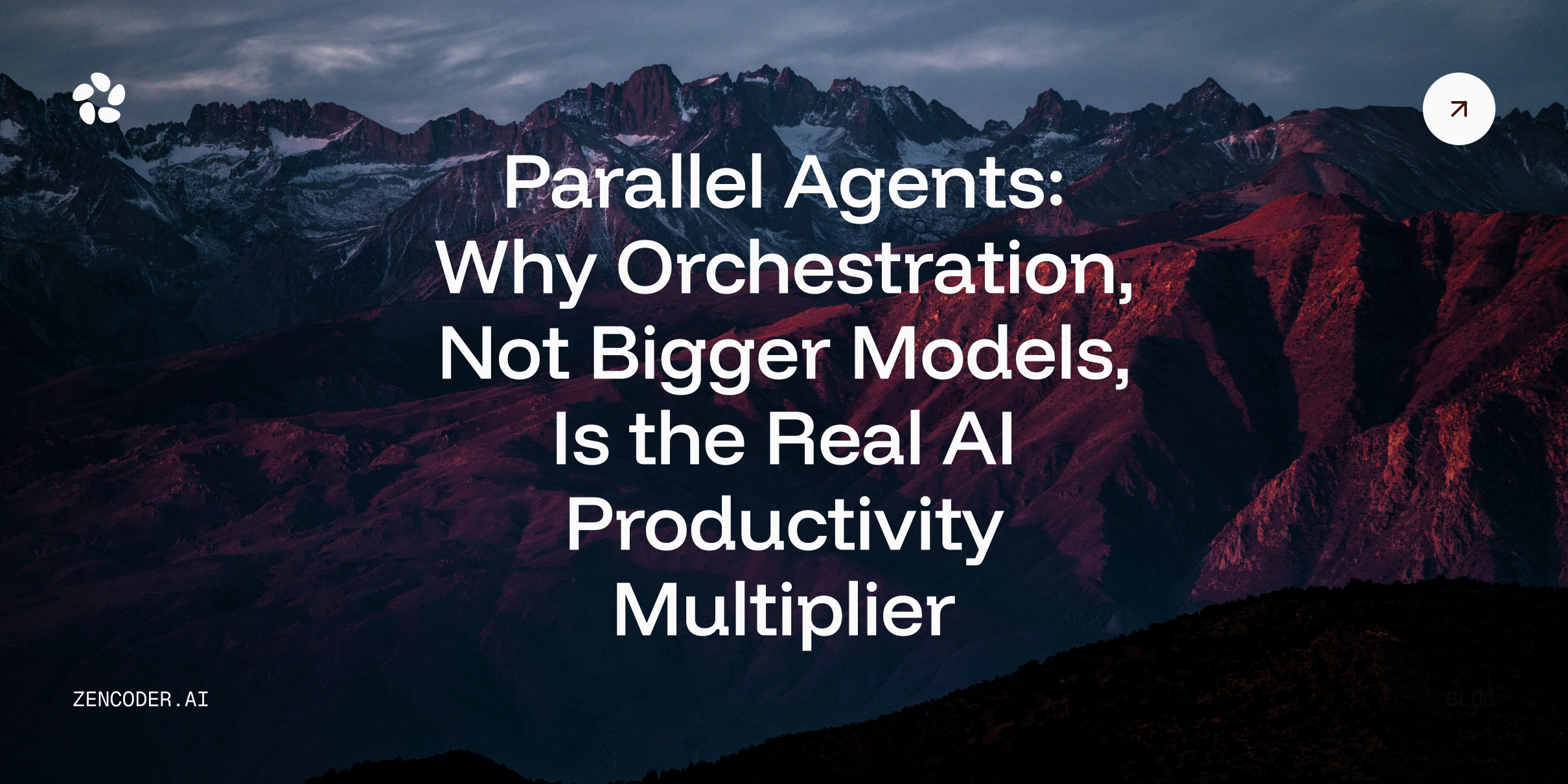Introduction
Enterprise software development has become a crucial component of modern business operations, offering solutions that automate processes, enhance efficiency, and provide scalability. However, as software applications become more complex and integrated into industries like healthcare, finance, and government, compliance with regulatory frameworks becomes a non-negotiable priority.
Compliance in enterprise software development is not just about avoiding fines or legal consequences—it ensures data security, system integrity, and customer trust. Organizations must adhere to frameworks like:
- General Data Protection Regulation (GDPR) – Governs data privacy in the European Union.
- Health Insurance Portability and Accountability Act (HIPAA) – Regulates patient data security in healthcare.
- Sarbanes-Oxley Act (SOX) – Ensures financial data integrity and transparency.
- ISO 27001 – Establishes industry standards for information security management.
- Payment Card Industry Data Security Standard (PCI DSS) – Governs secure financial transactions.
Traditional compliance processes involve manual audits, static code analysis, and security reviews, which slow down development cycles and increase costs. AI is transforming this landscape by automating compliance checks, enhancing security, and reducing risks.
This article explores how AI-driven solutions streamline compliance for enterprise software development, ensuring organizations meet regulatory requirements without compromising innovation.
The Growing Complexity of Compliance in Enterprise Software Development
Why Compliance is a Challenge
Enterprise software solutions integrate with multiple systems, handle sensitive data, and scale across diverse regulatory environments. Compliance challenges arise from:
- Ever-evolving regulations – Governments and industries update standards frequently, requiring constant adaptation.
- Complex software ecosystems – Enterprise applications connect with cloud services, APIs, third-party tools, and legacy systems, making compliance multi-layered.
- Data security risks – Organizations must protect user data, financial transactions, and proprietary business information from breaches.
- Manual compliance processes – Traditional methods rely on human auditors and compliance officers, leading to inefficiencies and delays.
These factors increase development time and costs, making compliance a potential bottleneck in software deployment.
AI’s Role in Simplifying Compliance
AI introduces automation, predictive analytics, and real-time monitoring to the compliance landscape. By embedding AI-driven tools into the software development lifecycle (SDLC), organizations can:
- Automate security checks to detect vulnerabilities instantly.
- Predict compliance risks before they become critical issues.
- Generate real-time audit reports to meet regulatory requirements.
- Optimize code reviews by ensuring adherence to industry best practices.
AI-powered platforms like Zencoder AI are leading the charge in compliance automation by integrating intelligent coding agents that analyze, fix, and optimize software compliance requirements effortlessly.
How AI Enhances Compliance in Enterprise Software Development
1. AI-Powered Code Compliance & Static Analysis
One of the most significant AI-driven compliance benefits is real-time code compliance analysis. AI-powered platforms can:
- Analyze source code for security flaws and regulatory violations.
- Suggest improvements before the software is deployed.
- Automatically update coding frameworks based on changing compliance rules.
Example: Zencoder AI’s Repo Grokking™
Zencoder AI’s Repo Grokking™ technology scans entire code repositories, providing real-time feedback on compliance issues. Unlike traditional code reviews that require manual input, this AI-driven system automates compliance at scale, reducing human error and oversight.
Other AI-powered tools like GitHub Copilot and Microsoft IntelliCode have demonstrated that AI-driven code reviews can speed up compliance checks by 7X, ensuring enterprise applications meet security and regulatory standards.
2. Continuous Compliance Monitoring & Risk Assessment
AI shifts compliance from a reactive approach (end-stage audits) to a proactive, continuous monitoring strategy. AI-powered compliance monitoring tools:
- Analyze development logs and user activity for policy violations.
- Detect anomalies in data handling to prevent security breaches.
- Monitor cloud environments to enforce access control and encryption standards.
Example: AI in Financial Software Compliance
AI-powered compliance monitoring has been widely adopted in banking and finance, where organizations use AI-driven fraud detection algorithms to ensure compliance with AML (Anti-Money Laundering) and KYC (Know Your Customer) regulations. These tools flag suspicious transactions instantly, reducing the risk of regulatory fines.
AI-driven risk assessment tools like Agentic Repair™ in Zencoder AI can detect potential compliance risks before they escalate.
3. Automated Compliance Documentation & Audit Trails
Regulatory agencies require businesses to maintain detailed compliance documentation. AI simplifies this process by:
- Generating compliance reports automatically.
- Tracking software changes in real-time.
- Maintaining audit logs for security and data governance.
Example: AI-Generated Audit Reports
Instead of spending weeks compiling regulatory reports manually, AI-powered compliance platforms can generate audit-ready compliance documents in seconds.
Zencoder AI’s Agentic Loop™ continuously refines compliance documentation by integrating historical data, development logs, and security scans.
4. AI for Data Privacy & Security Compliance
With data protection regulations like GDPR and CCPA, AI plays a crucial role in ensuring enterprise software protects user privacy. AI-driven privacy compliance solutions can:
- Automatically classify sensitive data (e.g., financial records, PII, healthcare data).
- Apply encryption and anonymization techniques dynamically.
- Ensure secure API integrations by scanning third-party software for vulnerabilities.
Example: AI-Driven Data Masking for GDPR Compliance
Many enterprises use AI-powered data masking to protect customer data when running software tests. This ensures developers can work with real-world datasets without exposing personal information, keeping software compliant with GDPR and HIPAA. Pairing these AI-driven privacy measures with a well-defined customer data strategy ensures organizations not only meet compliance requirements but also build long-term trust through transparent and ethical data management.
Zencoder AI: The Future of AI-Driven Compliance in Enterprise Software
How Zencoder AI is Leading the AI-Compliance Revolution
As AI adoption in enterprise software development grows, Zencoder AI is redefining compliance automation by integrating AI-powered agents into development workflows.
Key Compliance Features of Zencoder AI:
- Automated Code Reviews – AI-powered Repo Grokking™ detects and fixes compliance issues in real time.
- AI-Driven Bug Fixing – Agentic Repair™ corrects compliance-related errors automatically.
- Self-Learning Compliance Models – Agentic Loop™ ensures continuous adaptation to new regulations.
- Seamless IDE Integration – Works within existing development environments to minimize workflow disruptions.
With Zencoder AI, businesses can accelerate development cycles while ensuring full regulatory compliance, reducing compliance costs and increasing software reliability.
Industry-Specific AI Compliance Trends
AI-driven compliance strategies are reshaping software development across various industries, ensuring adherence to unique regulatory requirements. Below are key industry trends showcasing how AI enhances compliance in different sectors.
- Healthcare: AI for HIPAA & Medical Compliance
Healthcare organizations face stringent regulations, including HIPAA (Health Insurance Portability and Accountability Act), requiring strict patient data protection. AI ensures compliance in healthcare software development by:
- Automating patient data anonymization to comply with HIPAA privacy rules.
- Conducting AI-powered risk assessments to detect security vulnerabilities in electronic health records (EHRs).
- Enhancing medical coding accuracy through AI-based audits to prevent billing fraud and regulatory violations.
AI-driven compliance solutions in healthcare reduce regulatory breaches while improving patient data security.
- Financial Services: AI for AML, KYC & SOX Compliance
The financial industry is heavily regulated, with compliance requirements such as Anti-Money Laundering (AML), Know Your Customer (KYC), and Sarbanes-Oxley Act (SOX). AI assists financial institutions by:
- Monitoring transactions in real-time to detect fraud patterns and suspicious activity.
- Automating identity verification through AI-powered biometric authentication.
- Ensuring SOX compliance by generating automated financial reports and audit logs.
With AI, financial institutions strengthen security while reducing compliance-related costs.
- Government & Defense: AI for Secure Software Development
Government and defense software must meet strict security and compliance frameworks such as FedRAMP, NIST, and ITAR. AI-driven compliance solutions help by:
- Automating vulnerability detection in government software applications.
- Implementing AI-powered encryption techniques for classified data protection.
- Ensuring continuous compliance with federal security standards through automated monitoring.
By integrating AI into regulatory processes, government agencies enhance security and operational efficiency.
AI-Driven Compliance Strategies: Best Practices for Enterprises
To maximize AI’s potential in compliance, organizations must adopt best practices for integrating AI-driven compliance strategies into enterprise software development.
- Implement AI Early in the Development Lifecycle
The earlier compliance is embedded in software development, the better. AI-driven compliance should be integrated during the initial coding phase to prevent non-compliance later.
- Use AI-based static code analysis tools to check security vulnerabilities.
- Implement real-time AI monitoring to detect compliance issues before deployment.
- Continuously update compliance models to reflect new regulations.
- Leverage AI for Regulatory Change Management
Regulations frequently evolve, requiring organizations to stay ahead of compliance updates. AI helps by:
- Tracking regulatory changes and updating software policies automatically.
- Providing AI-powered compliance recommendations to adjust systems proactively.
- Ensuring ongoing training for compliance teams through AI-generated reports.
This proactive approach prevents costly legal fines and improves compliance efficiency.
- Use AI-Powered Compliance Dashboards
To enhance compliance visibility, organizations should deploy AI-driven compliance dashboards that provide:
- Real-time risk assessments with AI-generated insights.
- Automated audit trail reports for internal and external regulators.
- Custom compliance alerts to notify teams of potential violations.
With AI dashboards, businesses can monitor compliance more effectively and reduce risks.
Case Studies: How Enterprises Use AI for Compliance
Case Study 1: AI Enhances Post-Operative Documentation Accuracy
A study published in February 2025 demonstrated that AI-generated post-operative reports were more accurate than those written by surgeons. Researchers trained AI systems to analyze videos of robot-assisted surgeries, resulting in reports with fewer discrepancies compared to human-generated ones. This advancement highlights AI's potential to improve medical documentation and compliance. Reuters
Case Study 2: AI Integration in Financial Advisory Services
In early 2024, TFAS, a financial advisory firm, implemented AI tools from Aveni to enhance efficiency in administrative tasks, compliance, and quality assurance. Despite initial skepticism from Gen Z employees regarding AI's accuracy and data privacy, the integration led to a 25% improvement in operational efficiency. This case illustrates AI's potential to streamline compliance processes in financial services. The Times
These case studies showcase how AI enhances compliance efficiency and security across industries.
The Future of AI-Driven Compliance in Enterprise Software Development
As AI technology advances, compliance automation will become even more sophisticated. Below are future trends shaping AI-driven compliance.
- AI-Powered Predictive Compliance
Future AI systems will predict compliance risks before they occur by analyzing:
- Past security breaches and compliance violations.
- Changes in regulatory landscapes.
- Anomalies in software behavior to detect early compliance issues.
By leveraging predictive compliance, enterprises can prevent regulatory violations proactively.
- Autonomous AI Compliance Agents
Next-gen AI compliance agents will function autonomously, handling compliance tasks without human intervention. These AI agents will:
- Automatically apply regulatory updates to enterprise software.
- Generate self-updating compliance documentation.
- Conduct AI-powered penetration testing to identify security risks.
Autonomous AI compliance will reduce compliance workload by over 70%, improving efficiency.
- AI & Blockchain for Enhanced Compliance Security
The integration of AI with blockchain will provide:
- Tamper-proof compliance records stored on decentralized ledgers.
- Enhanced security for software audits through blockchain encryption.
- Real-time compliance tracking across global regulatory frameworks.
By combining AI and blockchain, enterprises will achieve higher transparency and security in compliance management.
Conclusion: AI-Driven Compliance is the Future of Enterprise Software
AI is revolutionizing compliance in enterprise software development, offering:
- Automated security checks to detect vulnerabilities in real-time.
- AI-powered risk assessments to prevent compliance violations.
- Faster regulatory reporting through AI-generated documentation.
- Enhanced compliance monitoring across software ecosystems.
Companies like Zencoder AI are leading this transformation, enabling businesses to achieve seamless compliance while accelerating software innovation. For organizations seeking to stay ahead of regulatory challenges, AI-powered compliance is not just an option—it’s a necessity.



